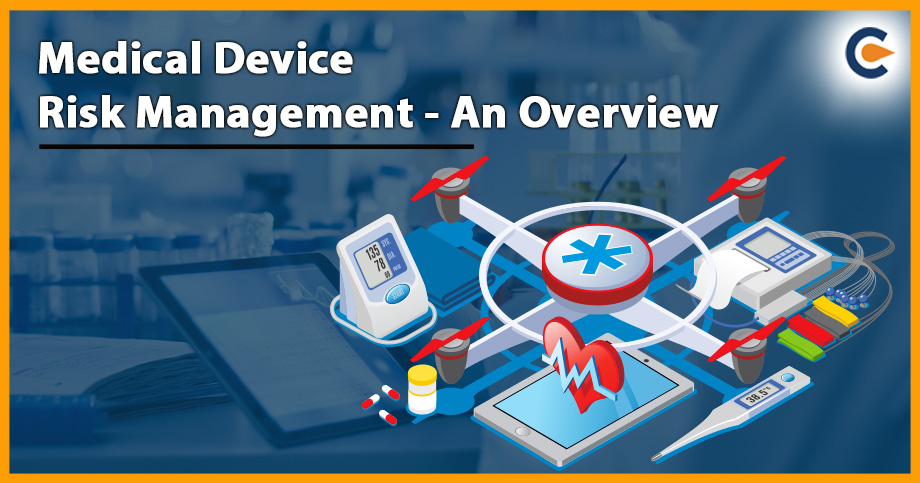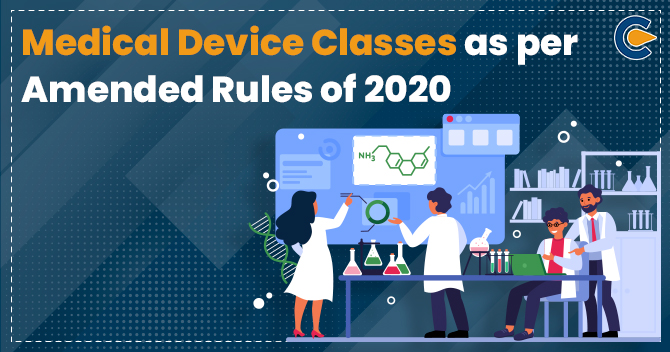Medical devices developed for human use are used for either diagnosis or treatment. They could be a device, an appliance, or a substance. Additionally, these services have been developed for both routine patient care and medical research. Making a new medical technology safe for human use is a challenging undertaking for researchers in charge of its development. This suggests that the device ought to be reliable and secure. Identification, comprehension, control, and prevention of failures that could cause risks when individuals use medical equipment are all part of Medical Device Risk Management.
A critical step in the design of medical devices is risk analysis. An organised approach for the assessment of potential issues that can arise when utilising a drug or a medical device is risk analysis, also known as hazard analysis. Manufacturers are required to recognise any risks connected to the design under both ideal and problematic circumstances. Any danger that is deemed unacceptable should be diminished using the proper techniques to a level that is acceptable. The significance of appropriate translation and safety controls will rise as clinicians, patients, regulators, and litigators become more aware of safety risks related to human factors. To ensure device usability, safety, and regulatory compliance, risk management is required. Scroll down to check more about Medical Device Risk Management.
What is Risk Management?
Identification, comprehension, control, and prevention of failures that could cause risks when individuals use medical equipment are all part of risk management. Manufacturers are required to recognise any risks connected to the design under both ideal and problematic circumstances. The risks related to the hazards, including those brought on by user mistake, should be computed under both fault and normal circumstances. Any risk that is deemed unacceptable should be diminished using the proper techniques to a level that is acceptable.
Why Should We Perform Risk Management? – Medical Device Risk Management
- Risk analysis is now required by law.
- Identification of device design problems prior to distribution eliminates costs associated with recalls.
- It offers a measure of protection from product liability damage awards.
- Regulatory submissions checklists used by the FDA now call for the inclusion of risk analysis.
- It is the right thing to do.
- Product Liability.
- To ensure the safety of the device.
- To ensure that any unsafe devices that do reach the market are promptly identified and efficiently corrected.
- A risk management system demonstrates that the manufacturer provides a safe device.
Importance of a Risk Management Plan – Medical Device Risk Management
Before analysing your actual device, the first step to effective risk management is to define the problem. A risk management plan comes first.
A standard operating procedure for your company’s risk management procedure should exist. Every product you design should follow this company-wide strategy.
You must also create a risk management strategy specific to each medical device. You will delve deeply into this and take into account every risk connected to that specific product.
Implementing your risk management strategy early on in the development process will prevent you from rushing to finish your FDA submission and overlooking any safety issues. Making these strategies early provides you with a comprehensive risk management strategy.
It also encourages objectivity since the process is already spelled out — not subject to the whims of a certain project.
What is a Medical Device Risk Management Plan?
- A Medical Device risk management plan is a written document that describes how risks are managed for a specific medical device. It and additional documentation are included in your risk management file. One of the MDR requirements you must meet in order to receive CE marking for medical devices is having a risk management plan.
- You may learn more about each of the activities that should be part of your medical device risk management plan in the subsequent section of this article. Additionally, remember that you should update the RMP during the whole project, ideally at each design review.
- Risk management does not involve trying to foreclose all potential risks associated with using a product. Instead, it entails both the mitigation of any risks that cannot be reasonably avoided and the elimination of hazards that are unacceptable.
- When done correctly, risk management enables the construction of a benefit-risk analysis that will decide if the potential advantages of employing a device outweigh any remaining dangers. This assessment is referred to as a “benefit-risk” analysis in the EU MDR.
What is ISO 14971?
ISO 14971: – “Application of Risk Management to medical devices” is the most updated version of the ISO 14971 standard. It has been updated to show changes to Risk Management imposed by the MDR.
As with all globally-recognised ISO standards relating to medical devices, ISO 14971 is considered as a harmonised meaning that comply with the ISO standard will lead to a avoidable presumption of conformity concerning MDR relating to Risk Management.
ISO 14971: outlines a process for Risk Management & extends its coverage to software as a medical device & IVDs or in-vitro diagnostic medical devices. It can also be applied to all phases of a product’s life cycle.
What Is The Role Of Risk Management Under MDR? – Medical Device Risk Management
Risk Management is a component of MDR Compliance. Clinical Evaluation directly involves risk management, and one of the necessary technical documents included in Annex II MDR is a benefit-risk analysis.
All manufacturers are required by Article 10 MDR to create, document, implement, and maintain a risk management system. More information on the standards for risk management is provided in Annex I, which states that it must be an ongoing, iterative process that lasts the whole of a device’s existence.
Annex I states that manufacturers must:
- Establish & document a Risk Management plan for each device
- Identify & analyses the known & foreseeable hazards associated with each device
- Estimate & evaluate the risks associated with & occurring during, the intended use of the device & those resulting from any reasonably foreseeable misuse of the product
- Eliminate/control identified risks
- Evaluate the impact benefit-risk ratio & overall risk acceptability of any details arising from the production phase of the device & in particular, from the post-market surveillance system
- If necessary, implement suitable alterations to risk control measures
Annex I also requires that devices are designed to be able to withstand stresses, conditions of storage, strains, temperature fluctuations, & transport & environmental conditions to which they can be expected to be subject. Therefore, Risk analysis becomes a component of product design & must be documented from the initial product realisation phase onwards.11
Risk Management Process
ISO 14971[1] outlines specific processes and best practices for implementing risk management throughout the entire lifecycle of a medical device, all the way from conception to retirement.
Here are some of the key steps highlighted in the document:
- Establish a risk management plan
This plan provides a roadmap for the risk management process overarching the device’s development lifecycle. For every stage of the lifecycle, you’ll plan risk management activities and the responsibilities of different staff members and management. - Risk assessment
Risks are identified, described, documented, and their scope, as well as the definition of safety, are outlined. Based on risk analysis that takes into account the intended use of the device, risks are evaluated and documented. - Risk evaluation
Risks are assessed in order to determine which are acceptable and which need controls in place. The boundaries of intended use are set, clearly defining what’s considered reasonably foreseeable use or misuse of the product, which will affect the necessary risk control measures. - Risk Control
Risk control measures are developed and implemented to get unacceptable risks back under control. In essence, the goal of this step is to eliminate or reduce risks to an acceptable level. The ideal scenario is that you’ll create an inherently safe design. In cases where that’s not possible, you’ll implement protective measures to reduce the probability that a hazardous situation occurs or, if it does, the severity of the harm caused. If even that is impossible, you’ll provide safety information to the users of the device. Any residual risk will also need to be evaluated. - Management review
Before the product is shipped, management needs to review the whole process and risk management file to ensure that the risk management plan was adequately executed and implemented to ensure that the product is ISO 14971-compliant. - Production and post-production
All information, risks, and risk controls are reviewed to make sure that no new measures are needed, and everything is in place.
Conclusion
To demonstrate compliance with ISO 14971:2019, medical device manufacturers need a management team that is committed to and supportive of the risk management system. This involves ensuring that the individuals assigned are qualified for their specific roles and that sufficient resources are assigned to support the system. Management is in charge of overseeing the risk management systems implementation, maintenance, and periodic evaluation to ensure its continuous efficacy.
Read Our Article: Different Classes Of Medical Device & Their Risk Levels – An Overview













